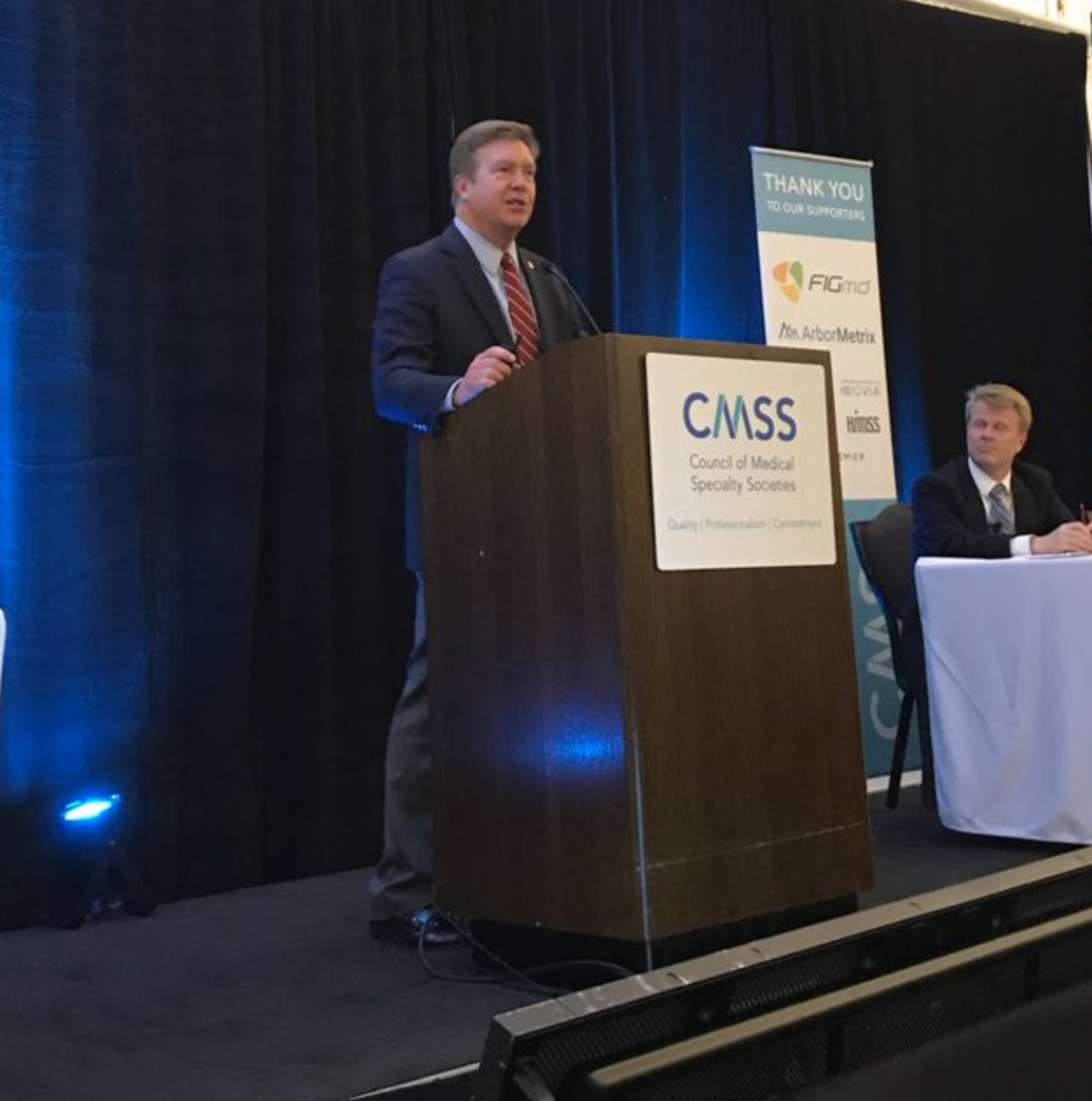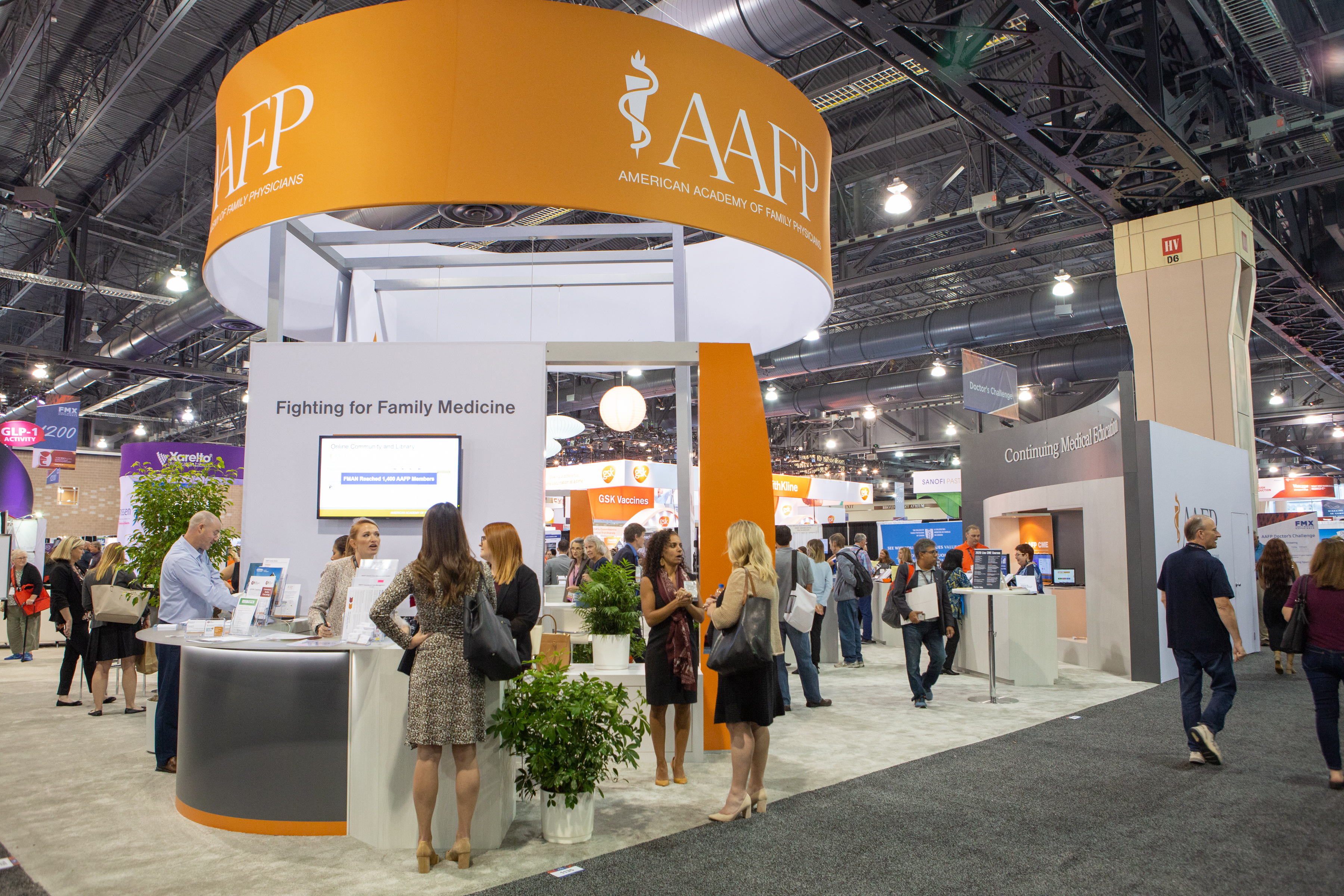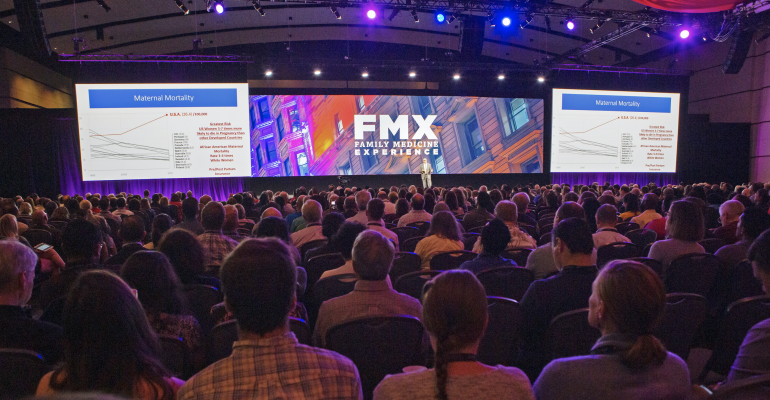For Clif Knight, MD, FAAFP, senior vice president of education for the American Academy of Family Physicians, 2020 was supposed to be about a gradual reshaping of the organization’s CME portfolio. Through a partnership formalized in late 2019 with Haymarket Medical Education, the mission was to sharpen member-data analysis and then leverage opportunities for additional content creation, speaker and presenter acquisition, and learner recruitment.
But in an era of global pandemic, even the most well-designed plans require serious modifications, and quickly. AAFP has adapted to conduct nearly all of its CME programming in the virtual medium, with a focus on COVID-19 issues but also on other evolving challenges specific to practitioners of family medicine.
We recently spoke with Knight about how he’s managing his members’ education and interaction in a situation that’s so fluid—and so central to the work of AAFP's members.
MeetingsNet: What was the rationale for entering into a two-year partnership with Haymarket?
Knight: We develop all our CME programming in house, but we have more opportunities to create desirable offerings than the internal resources to do it. We have been very focused on our journals, which are the most utilized of our CME activities, and our in-person meetings and self-study packages. The partnership gives us the ability to try some different formats of online learning in order to meet the needs of our learners.
 MeetingsNet: Were you already moving towards more online offerings even before the pandemic happened?
MeetingsNet: Were you already moving towards more online offerings even before the pandemic happened?
Knight: Yes. Early in 2019 we had planned our first fully livestreamed course for spring 2020; the topic was rural medicine. We host a dozen or more in-person events each year but the feedback from many members in rural areas that they couldn’t take time away from their practices to attend an in-person event. The May online event exceeded our expectations and provided crucial feedback for future virtual offerings.
MeetingsNet: As COVID-19 turned into a pandemic, though, your focus shifted to delivering as much CME as possible via electronic means. What did you have to do to make that happen?
Knight: We had to make a very quick shift in February and March with our in-person portfolio; the two events we moved online in April and May had more attendees than what we expected in person, which was promising. For the May event, we kept the same dates and daily schedule of sessions because registrants had already blocked out that time to be away from their practices. As we are looking at the ones for the rest of the year, most are getting shifted to virtual livestreams. Also in March, we began developing weekly online CME activities focused on the pandemic, and they will continue across the year.
MeetingsNet: Since the pandemic began, what have you learned about how to deliver education online?
Knight: First, that some people prefer live CME; some are fine with on-demand sessions; and others prefer to read something, so we have to operate in ways that meet everyone’s needs as best as possible. Second, that we can quickly adapt to emergent topics and provide new activities through real-time remote events and then make them available on demand. With our live weekly series of 60-minute sessions, participants can submit questions through Twitter and Facebook; we have learned a lot from that, and it will help us meet member needs going forward.
MeetingsNet: Do AAFP’s self-study programs allow participants to interact in small groups via video or audio and get colleagues’ deeper perspectives as they would at in-person events?
Knight: Yes, the learning communities are so important and our CME offerings around practice improvement in particular have used those. While learners can meet in real time, though, the format is more often a listserv or chat community where people can ask and answer questions whenever they log in. Either way, it gives them an opportunity to learn from peers who are working on the same sort of practice improvements they are trying to make, and we have found that to be very popular among our learners.
MeetingsNet: The AAFP annual meeting is scheduled for October in Chicago, and you generally get about 5,000 attendees. What is the status of that event right now?
Knight: We recently decided to transition 2020’s FMX to an all-virtual event. It’s such a big meeting that we need the time to get all the virtual elements absolutely right for learners to have a great experience.
MeetingsNet: Do you think the physical space at future in-person events must be redesigned to account for social distancing—and could medical meetings set a good example for other professions?
Knight: We will certainly look at all the best practices being recommended from a public-health standpoint, and we will also need to hear from our members. It could be that they expect additional distancing measures even if the official recommendations are less restrictive than right now. For everyone to feel fully comfortable, it might be both social distancing and actions around making sure surfaces and other items are well sanitized, and at least some degree of on-site screening as well as guidance for anyone on site who might possibly have COVID-19.
 I do think that health-care organizations have a responsibility to role-model the right actions and behaviors for the entire events industry—and there is an expectation from both our members and faculty that we will be role models. Whenever restrictions are eased, we will still be listening to them; if they say they are just not comfortable being too close to others yet, we will have to find ways to add to our physical spaces and configure them so people don’t feel unsafe.
I do think that health-care organizations have a responsibility to role-model the right actions and behaviors for the entire events industry—and there is an expectation from both our members and faculty that we will be role models. Whenever restrictions are eased, we will still be listening to them; if they say they are just not comfortable being too close to others yet, we will have to find ways to add to our physical spaces and configure them so people don’t feel unsafe.
We all know that things will be different after this—will we ever get back to experiences like a full Disney park or a sold-out concert, where people are shoulder to shoulder? It’s hard to say. But humans are such social beings that once there is a sense of protection from some combination of vaccination and/or herd immunity, things will get closer to the normal we knew. That could be a few years away, though.
MeetingsNet: What else are you hearing from members regarding meetings?
Knight: The feedback we’re getting is that they are really looking forward to getting back together in person, so I don’t think this situation will result in a complete shift to virtual events over the long haul. But I do think we will have to find a new balance of in-person and live remote events. We can’t predict the exact preferences right now, but we do know that our members value our in-person events for the ability to have some retreat from their day-to-day work and home situations, and to engage in discussion groups and hands-on workshops with their colleagues.





